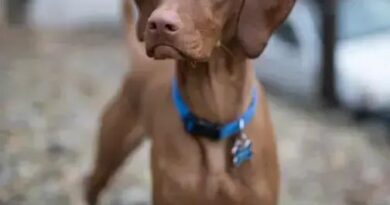What is dog handling techniques
Understanding Dog Handling Techniques
Dog handling techniques refer to the various methods and skills used by dog owners, trainers, and handlers to manage and communicate effectively with dogs. These techniques encompass a wide range of practices, from basic obedience training to advanced behavioral modification strategies. Understanding these techniques is essential for fostering a positive relationship between humans and dogs, ensuring safety, and promoting good behavior.
The Importance of Communication in Dog Handling
Effective communication is at the heart of successful dog handling techniques. Dogs are highly perceptive animals that respond to verbal cues, body language, and even emotional states. Handlers must learn to convey their intentions clearly and consistently to their dogs. This includes using specific commands, maintaining an open posture, and being aware of the dog’s responses to ensure mutual understanding.
Basic Obedience Training Techniques
Basic obedience training is often the first step in dog handling techniques. This includes teaching commands such as “sit,” “stay,” “come,” and “leave it.” These commands form the foundation for good behavior and help establish a clear line of communication between the handler and the dog. Positive reinforcement, such as treats and praise, is commonly used to encourage desired behaviors during training sessions.
Advanced Handling Techniques for Behavioral Issues
For dogs exhibiting behavioral problems, advanced handling techniques may be necessary. These techniques can include desensitization and counter-conditioning, which help dogs overcome fears or anxieties. Handlers may also employ techniques such as clicker training to reinforce positive behaviors and discourage negative ones. Understanding the underlying causes of a dog’s behavior is crucial for implementing effective solutions.
Socialization Techniques for Dogs
Socialization is a critical aspect of dog handling techniques. Exposing dogs to various environments, people, and other animals helps them develop confidence and reduce fear-based behaviors. Handlers should introduce their dogs to new experiences gradually and positively, ensuring that each encounter is a rewarding one. This process is vital for preventing behavioral issues and promoting well-adjusted pets.
Leash Handling Techniques
Proper leash handling is another essential component of dog handling techniques. A well-managed leash allows handlers to maintain control over their dogs during walks and public outings. Techniques such as using a loose leash, practicing heel commands, and understanding leash pressure can significantly improve the walking experience for both the dog and the handler. This not only enhances safety but also encourages good leash manners.
Understanding Canine Body Language
A key element of effective dog handling is the ability to read canine body language. Dogs communicate their feelings and intentions through their posture, facial expressions, and movements. Handlers must learn to interpret these signals to respond appropriately to their dogs’ needs. Recognizing signs of stress, fear, or aggression can help prevent potential conflicts and ensure a harmonious relationship.
Positive Reinforcement in Dog Handling
Positive reinforcement is a cornerstone of modern dog handling techniques. This approach focuses on rewarding desired behaviors rather than punishing unwanted ones. By using treats, praise, and play as rewards, handlers can motivate their dogs to repeat good behaviors. This technique fosters a trusting relationship and encourages dogs to engage willingly in training and other activities.
Safety Considerations in Dog Handling
Safety is paramount in dog handling techniques. Handlers must be aware of their dog’s behavior and environment to prevent accidents and injuries. This includes using appropriate equipment, such as harnesses and muzzles when necessary, and being vigilant in public spaces. Understanding a dog’s triggers and managing their interactions with other dogs and people is essential for ensuring a safe experience for everyone involved.
Continuous Learning and Adaptation in Dog Handling
Dog handling techniques are not static; they require continuous learning and adaptation. As dogs grow and their behaviors change, handlers must be willing to adjust their techniques accordingly. Staying informed about the latest training methods, attending workshops, and seeking guidance from experienced trainers can enhance a handler’s skills and improve their relationship with their dog.



